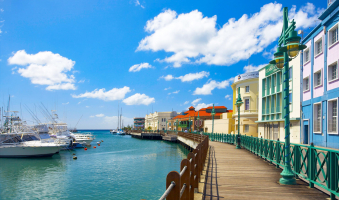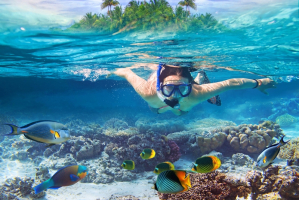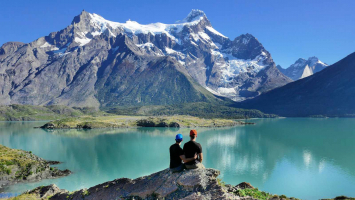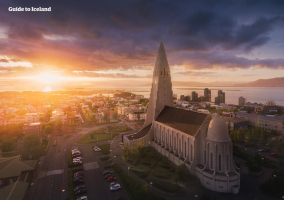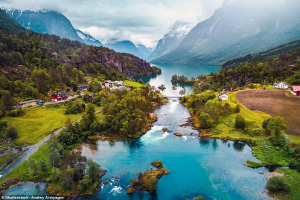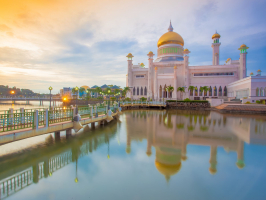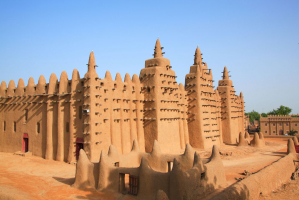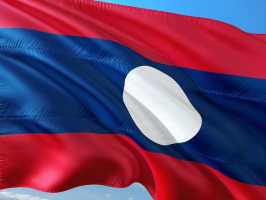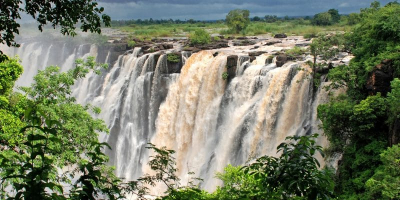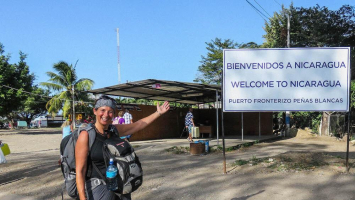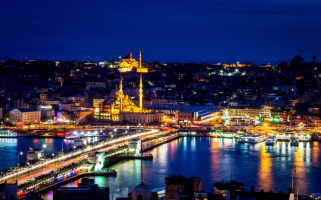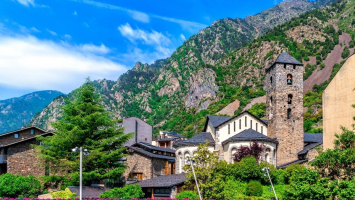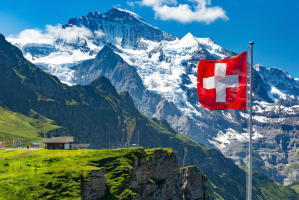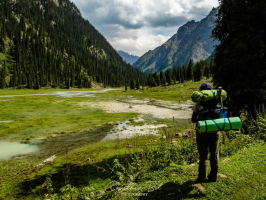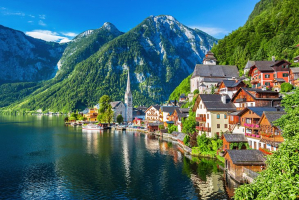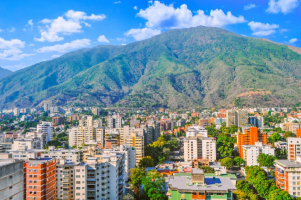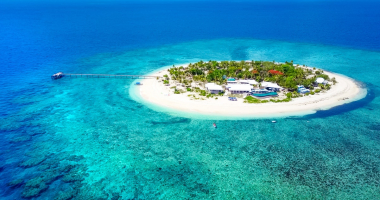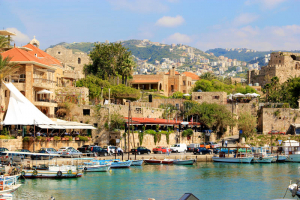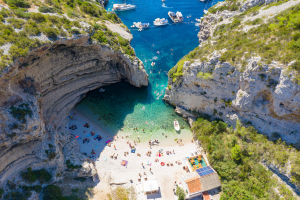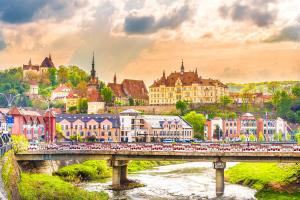Top 12 Things about Maldives You Should Know
The Maldives is the stuff of fantasies, like that picture-perfect holiday or the ambition of quitting your work to live on an exotic island for the rest of ... read more...your life. The Maldives is a Southern Asian island republic with an archipelago in the Indian Ocean. While the Maldives' image is well-known, there are undoubtedly some startling facts about this odd South Asian country that you are unaware of. To get you started, here are some Things about Maldives You Should Know.
-
The best time to visit the Maldives is from November through April. This is definitely one of the top Things about Maldives You Should Know. While temperatures in the Maldives are normally consistent year-round (it being the tropics, after all), if you are investing in a trip, you should make sure you receive enough sun. The Maldives is subject to the southwest monsoon, which is responsible for the rainy season, which lasts from May to October. From November to January, the weather will be dry and sunny. Even if you arrive during the rainy season, you will most certainly see more sun than clouds. However, climate change is changing weather patterns all throughout the planet, and islands are not immune.
The Maldives has a tropical climate due to its location on either side of the equator. While this implies that temperatures range between 25°C to 31°C all year, there are differences in rainfall, humidity, and sunlight hours. Check out our advice below to find out when the ideal time to visit the Maldives is based on the weather.
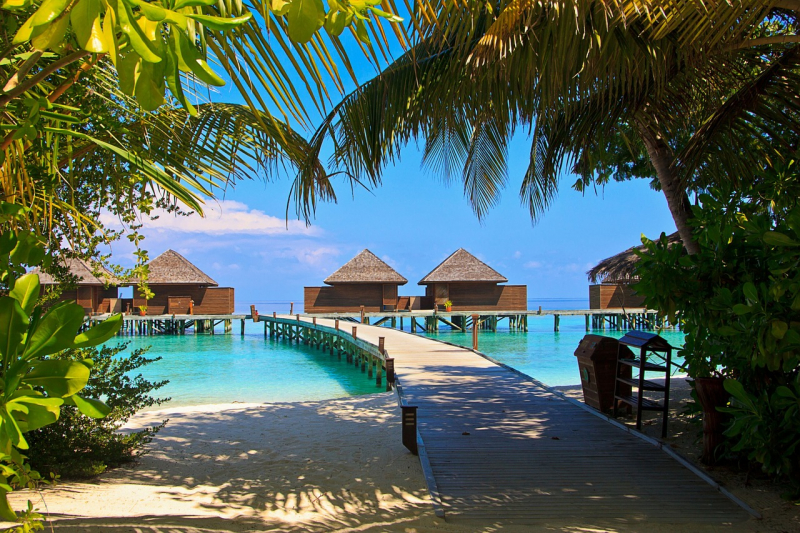
samacharlive.com 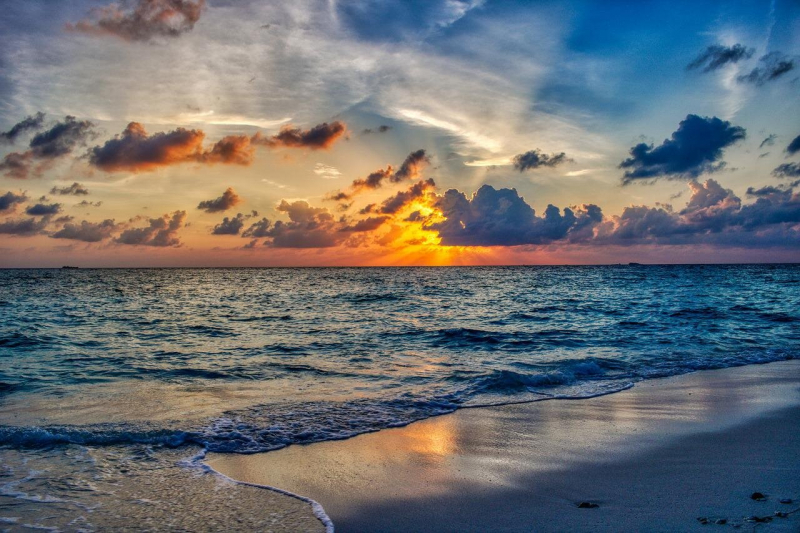
samacharlive.com -
The Maldives are extremely safe. If you are concerned about crime and terrorism when planning your holiday, you can exhale a sigh of relief by visiting the Maldives. Petty and violent crimes, as well as any notable cases of terrorism, are either rare or non-existent. In truth, the major dangers you will confront are natural: powerful currents along the beaches, which have resulted in drowning (after all, the Indian Ocean is one of the fiercest on the planet). Of course, you should take typical precautions with your personal goods, such as using the hotel safe.
The majority of visitors to the Maldives stay in "resort hotels," where crime rates are low. Petty crime, such as the theft of items left unattended on the beach or in hotel rooms, does occur. Take particular care of your valuables and other personal belongings when visiting Male'. On island resorts, use safe deposit boxes.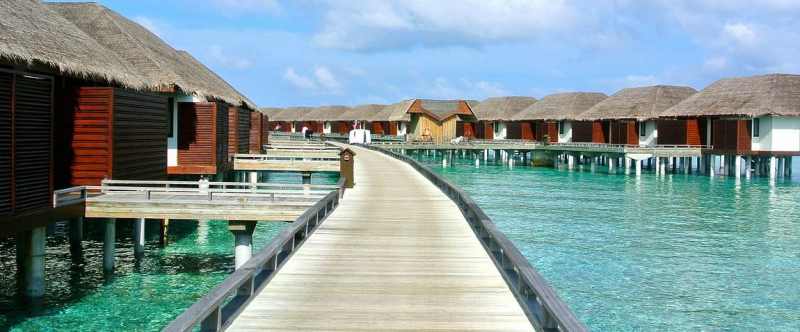
pickvisa.com 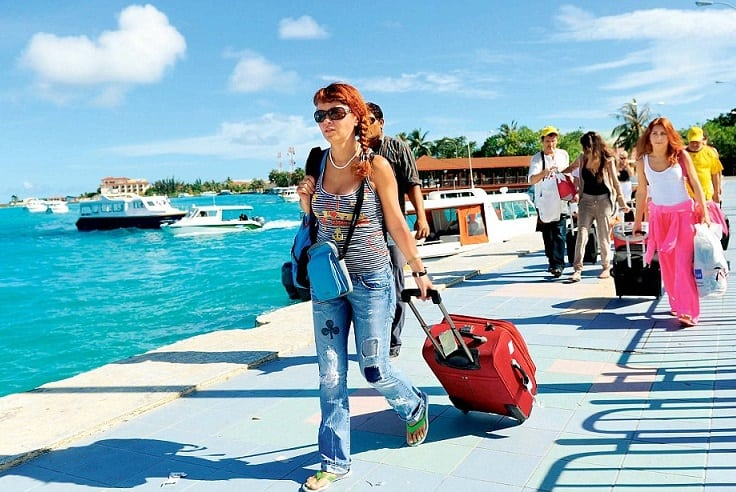
lamentable.org -
It's hardly unexpected that an isolated island with thousands of miles of mini islands with luxurious flush with private overwater cottages is pricey. However, there are some budget-friendly tricks for budget-conscious travelers when visiting Maldives. The good news is that it is less expensive for Europeans, South and Southeast Asians, and Middle Easterners. However, local norms and laws must be observed because they might combine lower airfares with cheap lodgings in the main populated islands and larger towns, such as Male.
If you're thinking about a luxury resort break on a private island, seek for low-season average nightly rates. Many of these resorts are all-inclusive, which means that drinks and meals are included. However, alcoholic beverages and other activities, such as spa treatment, may be more expensive. Expect to pay a significant premium for all meals and beverages if you are not staying at an all-inclusive resort. Finally, the Maldives is a destination for special occasions such as honeymoons and anniversary trips. However, with those ocean vistas and the exceptional quality of service provided at many resorts, it truly is a once-in-a-lifetime experience.
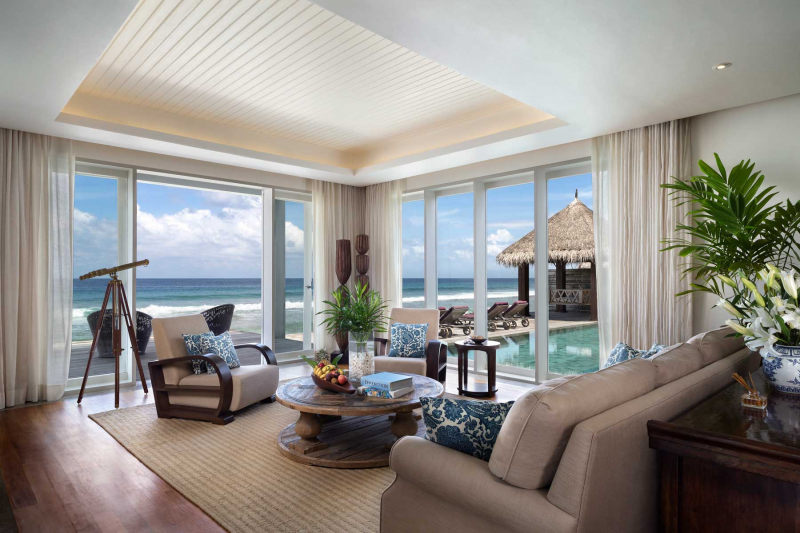
travelandleisure.com 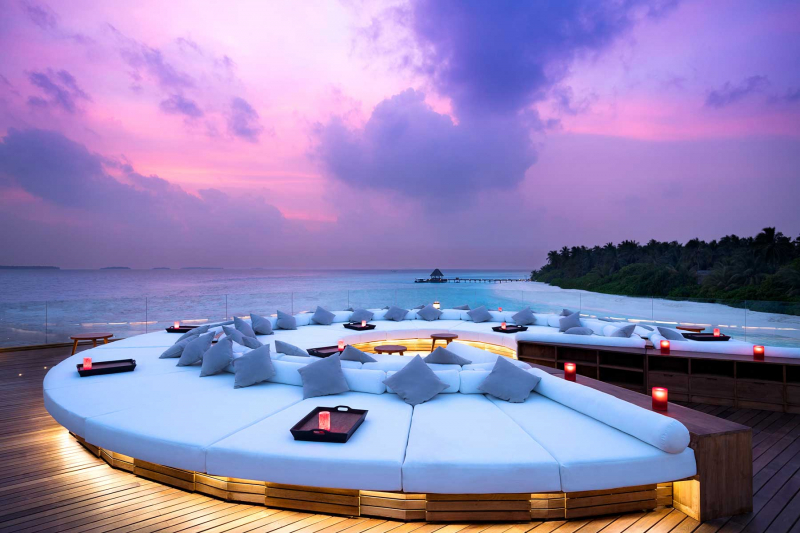
travelandleisure.com -
This is what you need to know before visiting the Maldives. Because the Maldives is a Muslim country, there are important and tightly enforced restrictions that you are likely to be ignorant of. For example, there is no alcohol available in cities or towns; most orthodox Muslims are not even permitted to touch anything containing alcohol. Alcohol is typically forbidden under Islamic law, and it is only permitted in resorts in the Maldives. Because Islamic law encourages modesty in clothes, naked or topless sunbathing is illegal anywhere in the Maldives, including on resort islands.Homosexuality is likewise frowned upon and prohibited in the country. In towns and cities, women are not permitted to wear swimming suits or anything with excessive cleavage (that is, nothing that displays elbows, shoulders, or knees). Remember to dress appropriately when visiting the Maldives. If you simply want to stay in hotels in Male or other inhabited islands, you should be prepared to follow these laws at all times. The story is very different if you are on a tourist island.
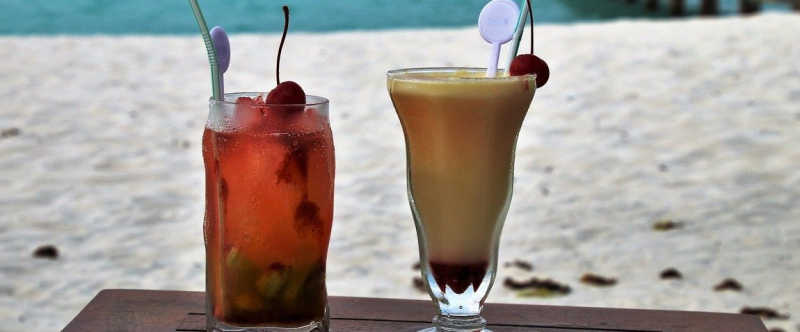
pickvisa.com 
scmp.com -
Yes, you read that right. The Maldives consists of around 1,190 distinct islands arranged in a double chain of 26 atolls scattered over the Indian Ocean to the south and west of India and Sri Lanka. Some of the Maldives' islands are so small that you'll have to zoom in on Google Maps to even notice them. Others are barely more than a spit of sand protruding from the lake. That means that, except for Male, the most populous island, many islands have only one resort or hotel.
The atolls are made up of live coral reefs and sand bars and are located atop a 960 km (600 mi) long undersea ridge that rises suddenly from the depths of the Indian Ocean and runs north to south. Only near the southern end of this natural coral barricade are two open channels that allow safe ship travel from one side of the Indian Ocean to the other across Maldives territorial waters. The Maldives government divided these atolls into twenty-one administrative divisions for administrative purposes.
Gan, the largest island in the Maldives, is part of the Laamu Atoll or Hahdhummathi Maldives. The westernmost islands of Addu Atoll are linked by roadways that span the reef and total 14 kilometers in length (8.7 mi).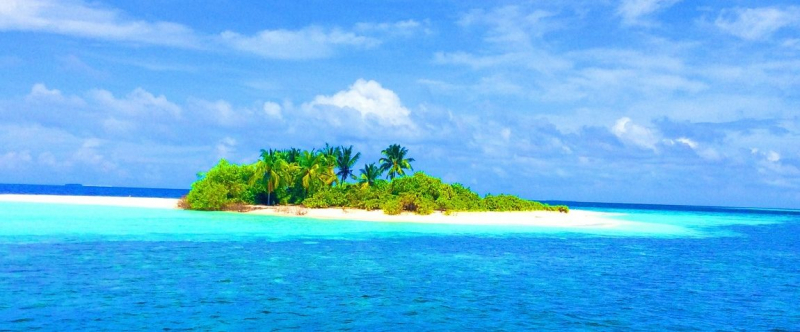
pickvisa.com 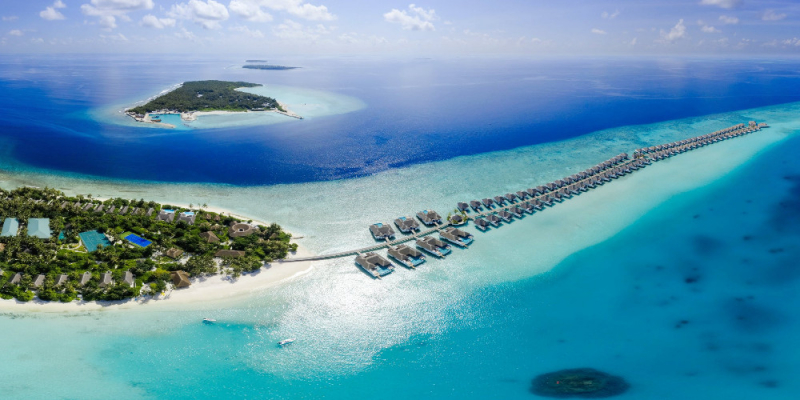
pickvisa.com -
There are 26 different atolls among the hundreds of islands that make up the Maldives (or collections of islands). However, just roughly 200 of them are inhabited. This is definitely one of the top Things about Maldives You Should Know. These include year-round, permanent communities on islands such as Male Island, as well as farming towns and fishing settlements. Malé is the largest and most populous city in the Maldives. Here, you may simply explore Maldivian culture, tradition, Maldivian gastronomy, historic sites, and much more. You would get a better understanding of the Maldivian way of life. Snorkeling, underwater scooter riding, and other adventure activities are available.
There are some islands that tourists are not permitted to visit, despite the fact that they are populated by natives. Aside from these, the Maldives' deserted islands are used for farming or industry, or as "picnic" islands for resorts, where holidaymakers can spend the day for private, romantic meals.
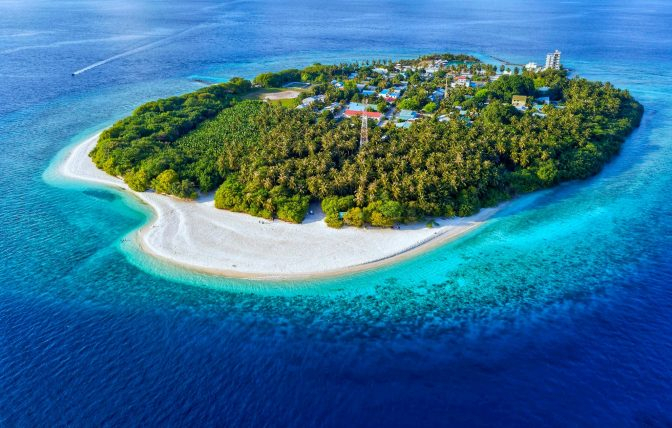
traveltrademaldives.com 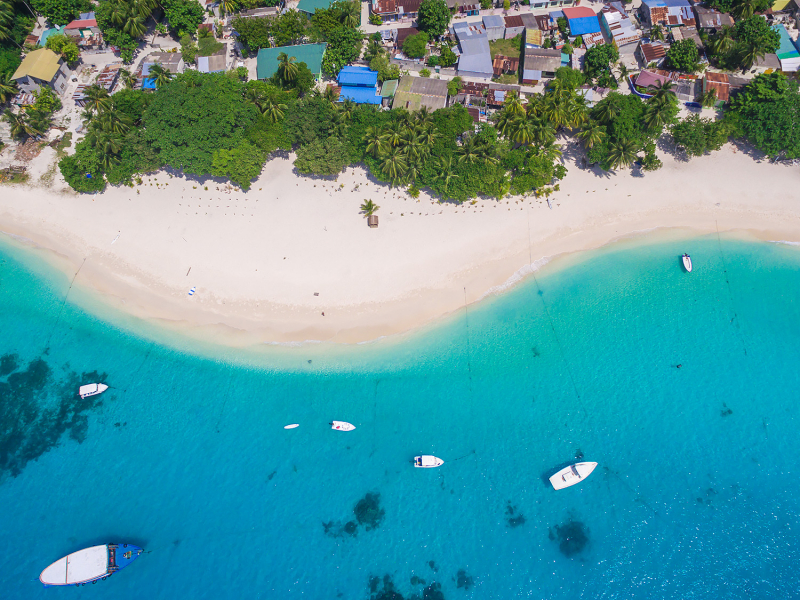
traveltrademaldives.com -
While most of the islands in the Maldives are thought to have been generated by volcanoes (and the majority of the islands themselves are the very tops of what's left of those volcanic islands that have been further built up by coral), some islands are genuinely manufactured. This is definitely one of the top Things about Maldives You Should Know.
For example, Huhulmale, the island nearest to Male's main airport, is a "reclaimed" or "artificial" island that was formed in 2004 by dumping tonnes of sand and concrete to form a foundation. Huhulmale is now a developed town with roads, stores, and residential areas - but it began as nothing, not even a spit of sand. It's a great example of one of the Maldives' more populous places, where innumerable islands would normally sit. While some of the islands in the Maldives are man-made, they are in the minority, with the vast majority being naturally occurring.
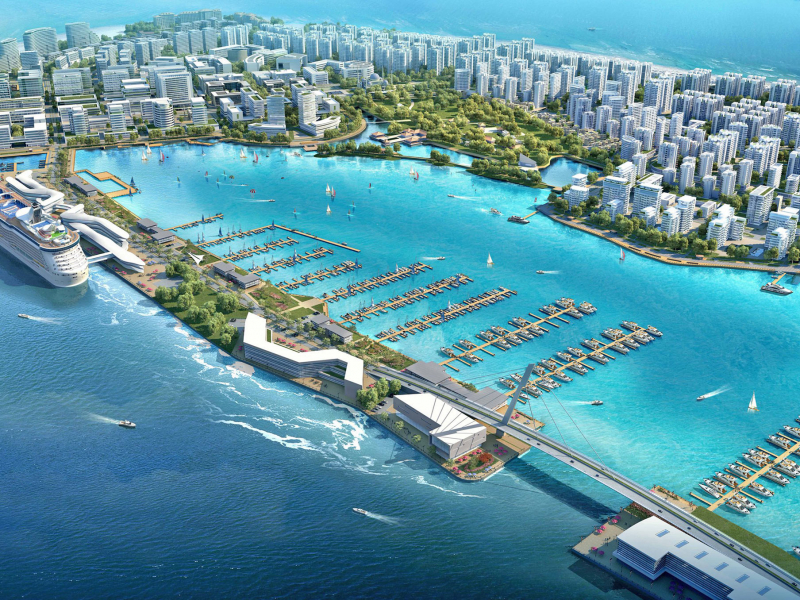
seal-superyachts.com 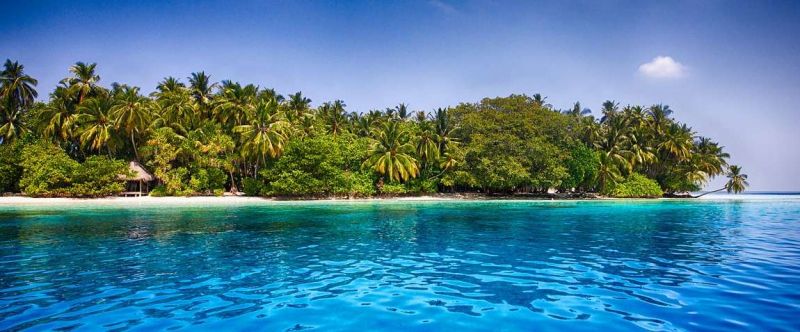
pickvisa.com -
Stumbling across a stretch of bioluminescent sea is one of the nicest pleasures for visitors to the Maldives. There are only a few spots on the planet where bioluminescent phytoplankton illuminates the water all year. However, the oceans can be seen shining more consistently at other locations.
The bioluminescent beach on Maldives' Vaadhoo Island is a tropical paradise in Raa Atoll known for its glow-in-the-dark waves. A biological phenomena causes the ocean to generate a dazzling blue light at night, giving the beach an ethereal appearance. Furthermore, the water is huge, enigmatic, and full of undiscovered organisms; it is thought that some aquatic animals are capable of producing light. As a result, the light created at Mudhdhoo Beach (Vaadhoo Beach) is due to these organisms, which light up the sea's shorelines in the most magnificent way. It's an altogether unearthly phenomenon for which people go from near and far, and there's a reason why newlyweds love to spend their honeymoon here.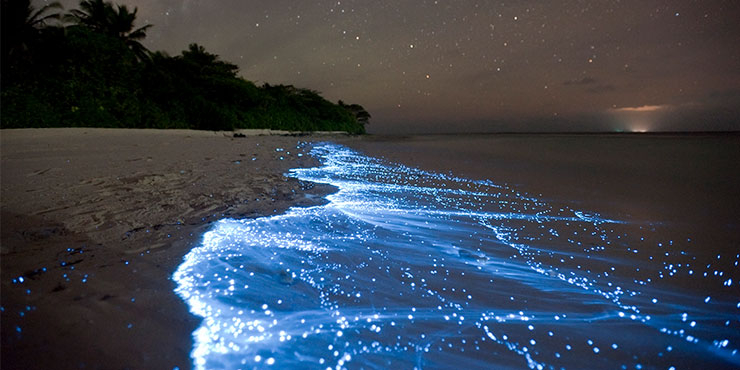
kuoni.co.uk 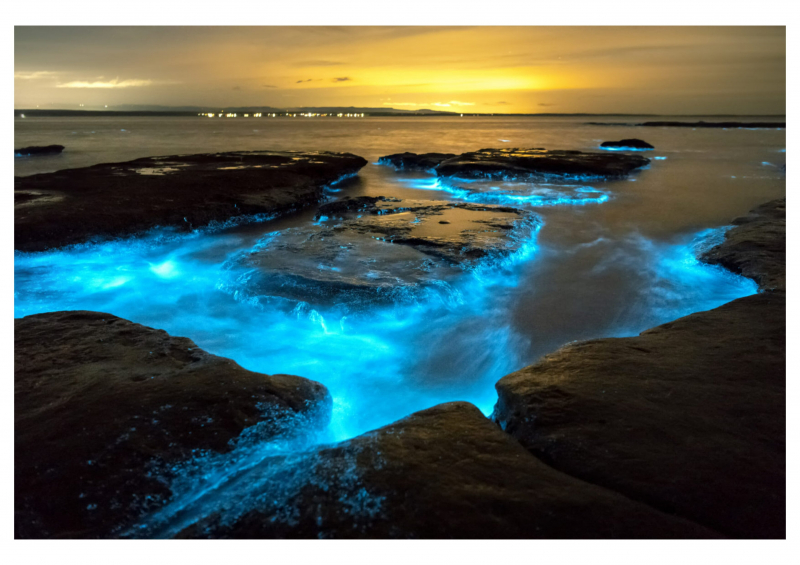
oyster.com -
As the Maldives' scarce freshwater resources continue to deteriorate due to climate change, drinking water is becoming an increasingly pressing issue. Resorts in the area have devised a workaround, but it has some unintended implications that we discovered. During a recent trip to the Maldives, we discussed drinking water with the people of Kandohlu Island. The majority of the water you'll drink in the Maldives has been recycled, purified, and generated through reverse osmosis desalination. While this process makes the water completely safe to drink, it also removes all of the natural minerals from it, making it less helpful. (For the record, Kandohlu's water is remineralized).
What happens when you spend days and days on the beach, soaking up the tropical sun and sweating out the poisons of the city? You're also sweating out valuable salts and minerals, and because much of the water on the islands is demineralized, you might not feel completely satisfied; after a few days, you might even feel a little lethargic. Because "everyone here simply drinks energy drinks," rehydration and sports drinks are nearly impossible to come by, but if you're in a pinch or prone to dehydration, it might be worth picking up some rehydration salt packets at the main airport's pharmacy.
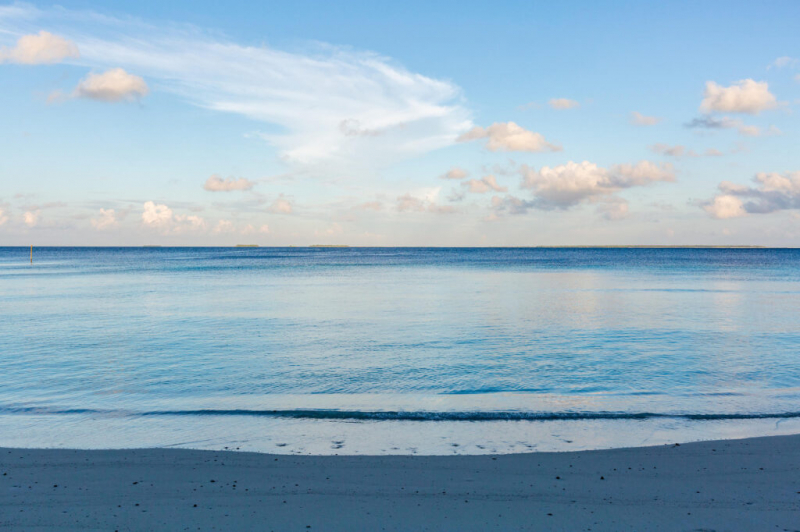
oyster.com 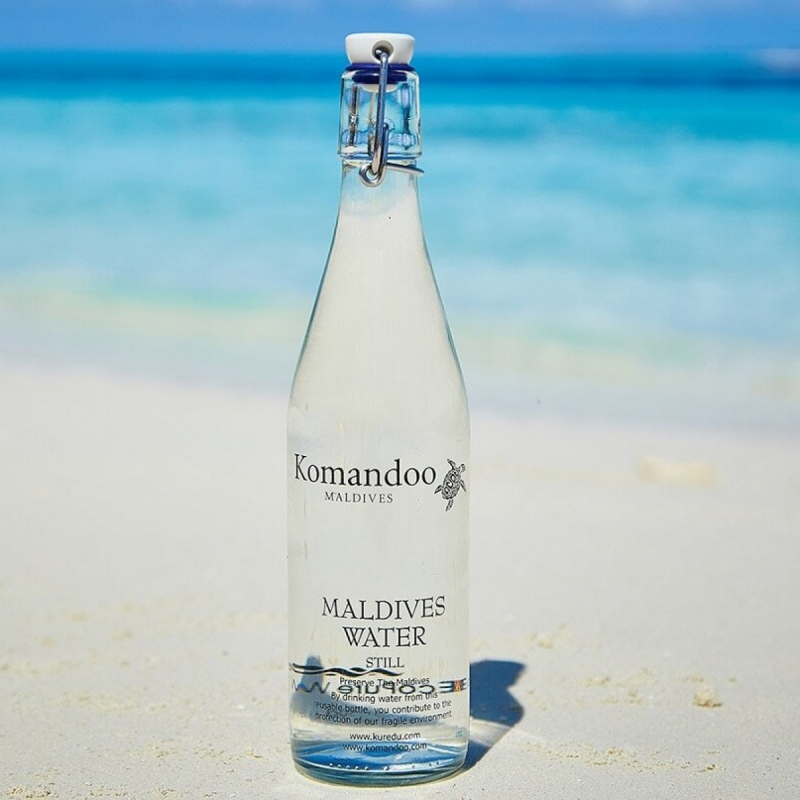
wiotto.com -
Although your journey from Male airport to your resort island will take only 15 minutes, it will not be inexpensive. The hefty expense of short journeys caught us off guard. Return airfare on a seaplane might cost anything from $800 to $1000 per person in certain situations. This might quadruple your flight expenditure, depending on which country you call home. This is definitely one of the top Things about Maldives You Should Know.
However, the once-in-a-lifetime views are almost worth the price of admission. Don't be surprised if you arrive at Male Airport's seaplane terminal after a 12- or 22-hour journey only to have to wait another four hours for your plane to take off. Why? There is no established schedule for seaplane flights due to the way the flights work and the daily change of pickups and drop-offs. They don't even receive a rough concept of flight routing until the night before the flights. Keep in mind that the Male Airport has few amenities, so those of you who book hotels with airport lounges, such as the W Maldives and the Constance Moofushi, will be able to relax in style.
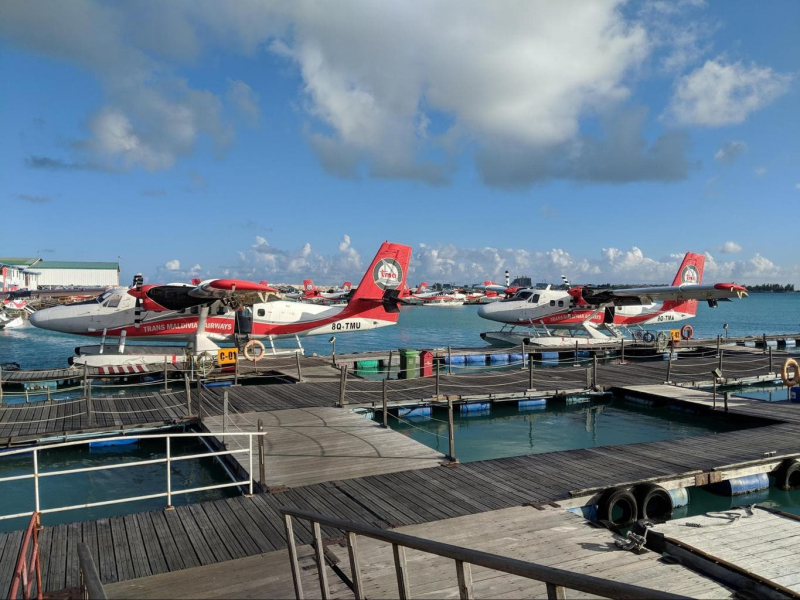
onceinalifetimejourney.com 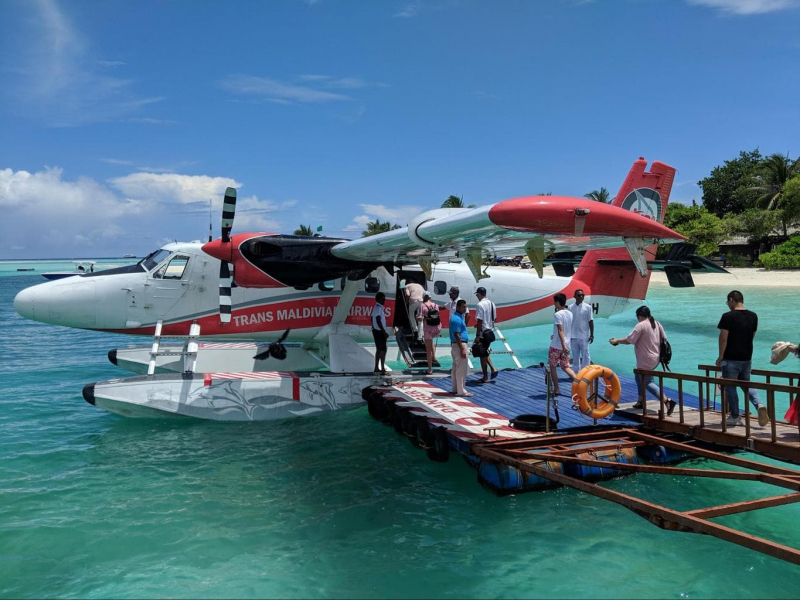
onceinalifetimejourney.com -
The Maldives archipelago is not only home to a plethora of magnificent tropical islands flanked by white sand beaches, swinging tropical palms, and surrounded by gin-clear waters teeming with marine life, but it also serves up some of the region's most delectable cuisine. Traditional Maldivian cuisine, also known as Dhivehi cuisine, offers a wide range of tastes and flavors, from crunchy nibbles and street foods to sophisticated and pleasantly spicy curries served with wood-fired chapati bread.
The Maldives' cuisine is a diverse mix of traditional cuisines with considerable influences from its neighbors, namely India and Sri Lanka. Maldivians used to rely on vital commodities like fish, coconuts, breadfruit, millet, and tubers, and with the impact of foreigners from historic trade and travel, Maldivian cuisine evolved into a distinct combination with its own unique flavors, signifying a unique culinary identity.
Traditional Maldivian cuisine nowadays is based on three major ingredients and derivatives: coconut, fish, and carbohydrates derived from grains and vegetables. The delectable cuisine has a particular tang made up of gentle spiciness, delicate sweetness, and an overall foreign flavor, and it's cooked utilizing ancient cooking techniques passed down through the years.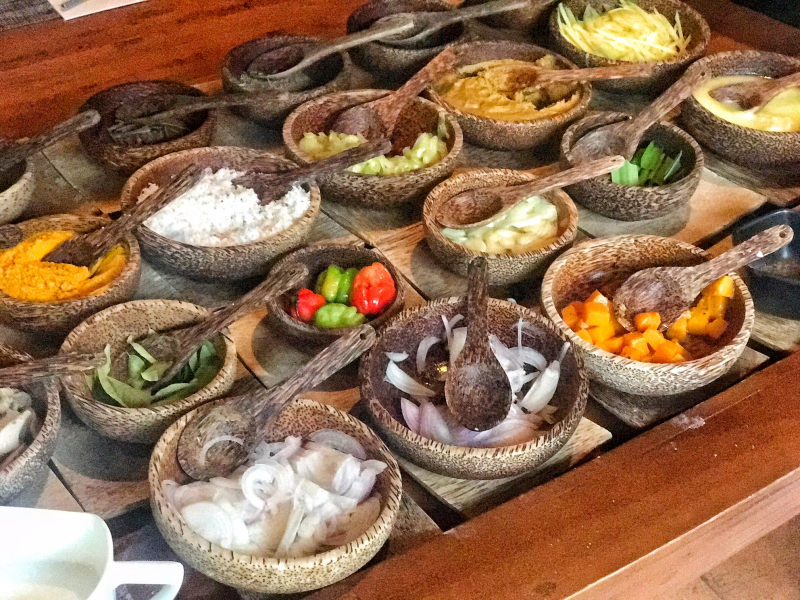
themaldivesexpert.com 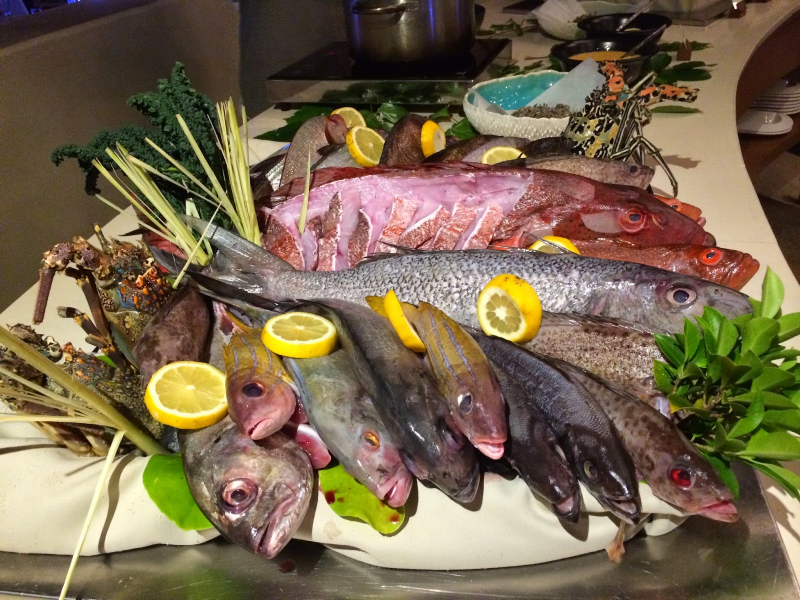
themaldivesexpert.com -
The Maldives are known for their natural beauty as well as their rich cultural legacy. Traditions are still alive and well in this island nation. The inhabitants of the Maldives enjoy lavish celebrations during their holidays. This country's festivals are full of joy, pleasure, and excitement. People use these events to get together and have a good time. People in the Maldives enjoy getting together with their family and friends to celebrate festivals.
A sense of solidarity may be experienced in the air of the Maldives at a variety of festivals held throughout the country. During holiday celebrations, the Maldives is decked out. Flags in the colors red and green adorn the country's streets. This is a patriotism emblem that the Maldivians prefer to include in their celebrations.
One of the most important festivals in Oman is Ramadan. Ramadan is the Muslim calendar's ninth month. This is a fasting festival that lasts for 30 days. The Maldives is a Muslim-majority country. During this month, government offices' hours are decreased. A similar trend can be found in private offices as well. Besides, Kuda Eid is also a famous festival in Oman. Kuda Eid is celebrated at the end of Ramadan. On this occasion, every Maldivian household hosts a large feast. People congregate in mosques early in the morning to offer prayers to God. On this day, known as Zakath, a great deal of charity is given to the least fortunate. This event is observed in the Maldives for three days, during which time the country is closed to the public.
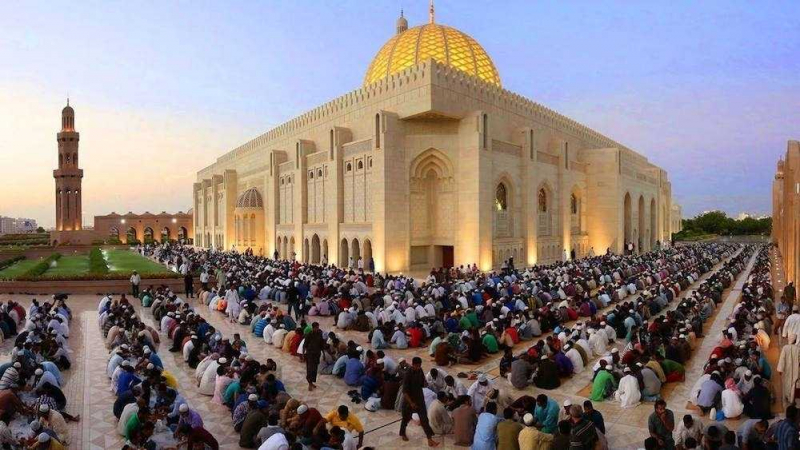
holidify.com 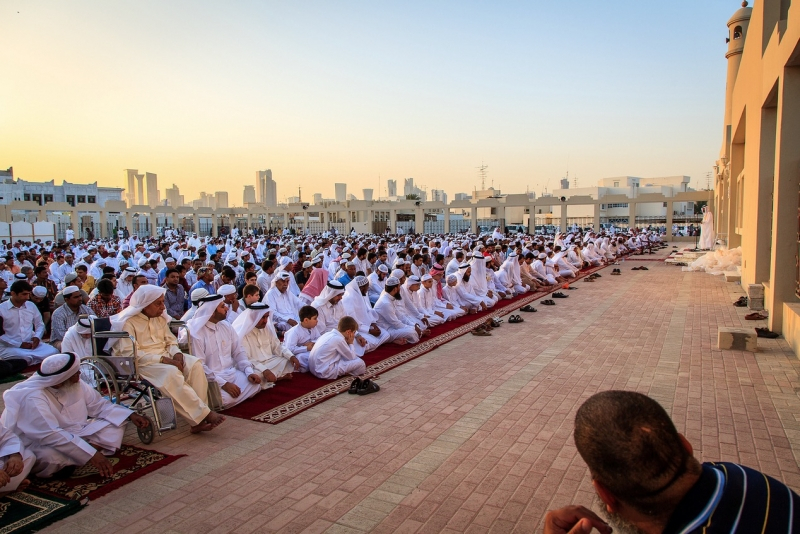
memphistours.com














